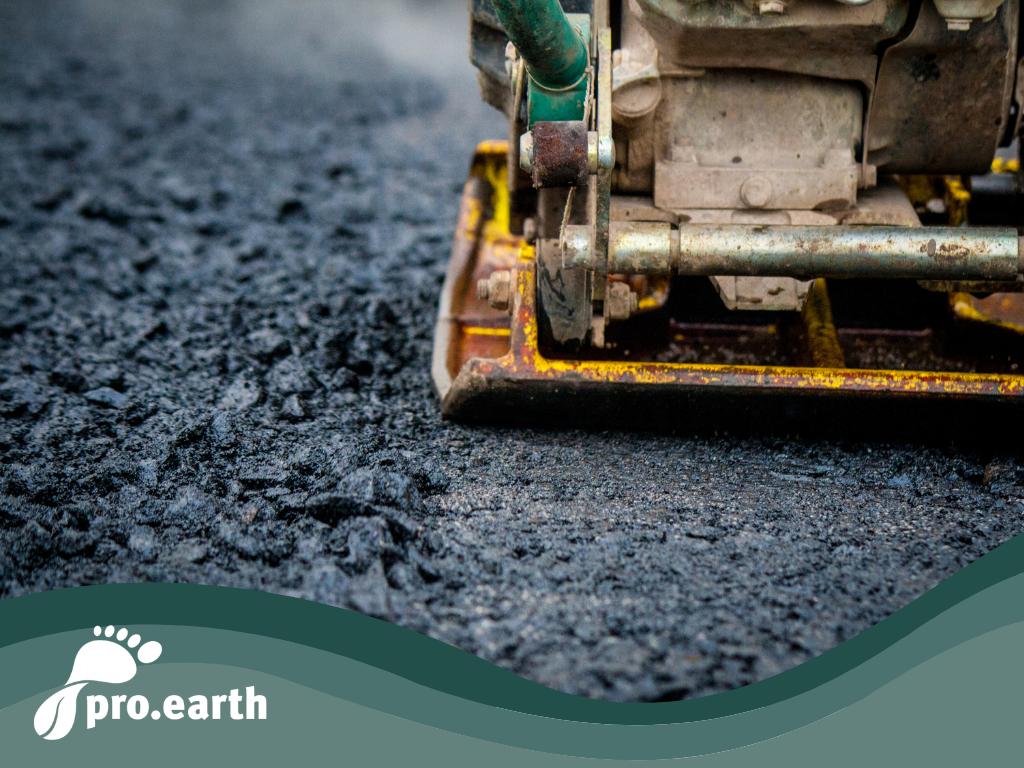According to a WWF analysis, the sealing of Austria's cities is steadily increasing

Linz is the sad leader per capita, with the sharpest increase in Innsbruck - Cities hit harder by heat due to high degree of sealing - WWF calls for more green spaces and unsealing.
Austria's major cities are drowning in concrete and asphalt. Especially in times of climate crisis, politicians must take swift countermeasures: with green space offensives and large-scale unsealing programs
Simon Pories, WWF Austria
Another heatwave is underway - affecting people's health and quality of life in summer, especially in larger cities: heavily sealed surfaces heat up particularly intensively.
A new analysis by the environmental protection organization WWF Austria shows that Austria's five largest cities continue to use valuable soil wastefully despite a high degree of sealing.
"With a sealed area of 116 square meters per capita, Linz is the sad leader among the five largest cities in Austria," says WWF soil protection spokesman Simon Pories.
The city of Salzburg is in second place with a total of 102 m² of sealed surfaces per capita, followed by Graz (88 m²), Innsbruck (76 m²) and Vienna (55 m²).
"Austria's big cities are drowning in concrete and asphalt. Especially in times of climate crisis, politicians must take swift countermeasures: with green space offensives and large-scale unsealing programs," demands Pories.
While land use ("soil consumption") according to the definition of the Federal Environment Agency also includes other settlement-related types of use (e.g. sports fields), an area only counts as sealed if it is covered with a water- and air-impermeable layer.
The WWF's analysis focuses on sealing, as this has serious consequences, particularly in urban areas. This is because all biological functions are lost as a result of soil sealing. In addition, sealed soil can no longer contribute to cooling, but creates heat islands. In urban areas in particular, this can even have fatal consequences.
"Due to the higher population density, cities use less land per capita than rural areas - but the degree of sealing is significantly higher. This is not only a disaster during heatwaves, but also during heavy rainfall, because water can no longer seep away," warns Simon Pories from WWF Austria.
Strongest increase in Innsbruck, highest degree of sealing in Vienna
In relation to the last ten years, Innsbruck has seen the largest relative increase in sealed surfaces - a rise of 12.5 percent. This corresponds to an area of 112 hectares. Second place was taken by Salzburg (+6.9%), followed by Graz (+5.3%), Linz (+3.54%) and Vienna (+3.46%).
In absolute figures, the largest area of newly sealed land in the past decade was in the federal capital of Vienna with 368 hectares. If we look at the degree of sealing, i.e. the proportion of the total area sealed, Vienna is also in the lead with a share of 26.5 percent. In the other places: Linz (25.4%), Salzburg (24.3%), Graz (20.5%) and Innsbruck with 9.6 percent.
In Austria, an area of more than 2,400 square kilometers is now completely sealed - this corresponds to almost the entire area of Vorarlberg. Almost half of this consists of roads or parking lots. The pressure to act is therefore particularly great here.
"Overly wide roads and parking lots at ground level, for example in business parks or public spaces, should be gradually removed and unsealed. In addition, politicians at federal and state level must boost the systematic restoration of destroyed habitats, as envisaged in the EU Biodiversity Strategy 2030 and the planned EU Restoration Act," says Simon Pories.
https://news.pro.earth/2023/04/28/bodenversiegelung-eines-der-ganz-grossen-umweltprobleme/
Used and sealed
For this analysis, the WWF evaluated official data from the Federal Office of Metrology and Surveying.
The methodology corresponds to that used by the Federal Environment Agency for the calculation of soil consumption statistics published annually until 2021. A distinction is made between soil consumption (loss of biologically productive soils due to construction or intensive use) and soil sealing (covering with an impermeable layer).
In 2022, significantly more than half (55 percent) of the soil used was also sealed. In cities, this proportion is significantly higher in some cases.






